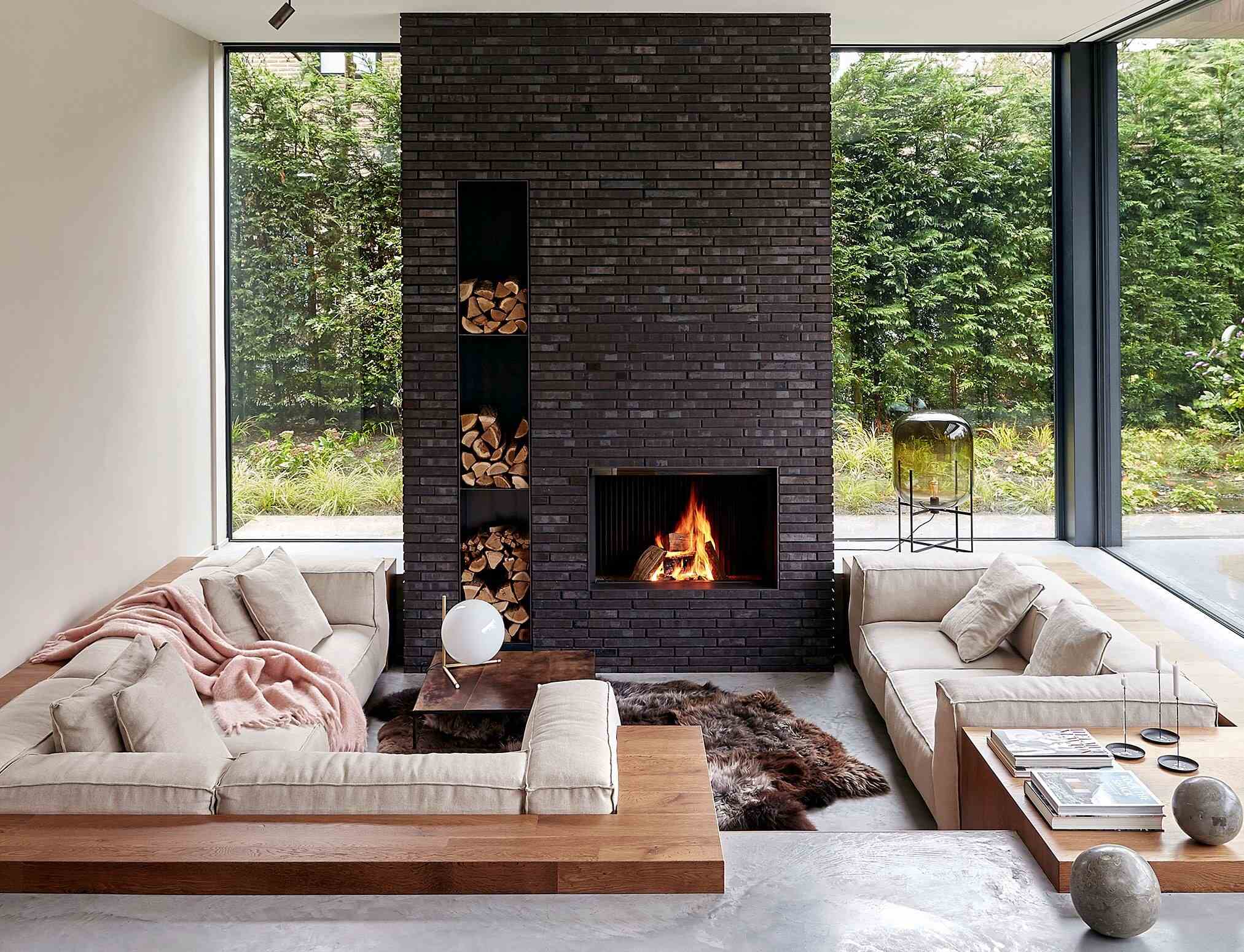

Articles
How To Fill In Sunken Living Room
Modified: December 7, 2023
Learn how to fill in a sunken living room with our informative articles. Find creative ideas and practical tips to transform your space.
(Many of the links in this article redirect to a specific reviewed product. Your purchase of these products through affiliate links helps to generate commission for Storables.com, at no extra cost. Learn more)
Introduction
Welcome to our comprehensive guide on how to fill in a sunken living room. A sunken living room, also known as a conversation pit, can add a unique and stylish element to any home. However, over time, these sunken areas can become uneven or develop dips, which can be both visually unappealing and pose a tripping hazard.
In this article, we will walk you through the step-by-step process of assessing the sunken area, identifying its cause, and providing you with the necessary guidance to fill and level the sunken living room. By the end of this guide, you will have the knowledge and confidence to tackle this DIY project.
Whether your sunken living room has gradually sunk over the years or if it was originally designed with an uneven surface, the repair process may seem daunting. However, with the right tools, materials, and a bit of patience, you can restore your sunken area to its former glory.
Before we dive into the specifics of filling in a sunken living room, it’s important to note that safety should always be your top priority. Make sure to wear appropriate protective gear, such as gloves and safety glasses, and be cautious when working with tools and heavy materials.
Now, let’s begin our journey towards a level and visually pleasing sunken living room. We’ll start by assessing the existing sunken area and understanding the reasons behind its unevenness.
Key Takeaways:
- Transform your sunken living room into a safe and stylish space by assessing, filling, and leveling the area. Enhance the appearance with decorative finishes, rugs, and lighting to create a harmonious and inviting atmosphere.
- Prioritize safety and thorough preparation when filling in a sunken living room. Identify the cause, choose the appropriate repair method, and consult professionals if needed for a successful and visually appealing transformation.
Read more: What Is Sunken Living Room
Assessing the Sunken Living Room
Before you begin the process of filling in a sunken living room, it’s crucial to assess the extent of the sunken area and understand the underlying causes. By doing so, you can identify the appropriate repair method and ensure a successful outcome.
Start by examining the floor of the sunken area. Look for any noticeable dips, cracks, or unevenness. Use a level tool to determine how far the sunken area deviates from a level surface. This will give you a clear idea of the depth and severity of the sunken spot.
Next, try to pinpoint the cause of the sunken living room. There are several factors that can contribute to an uneven surface, including poor construction, structural damage, water intrusion, or even natural settling of the building’s foundation over time.
Inspect the surrounding walls and flooring for any signs of damage or movement. Look for cracks in the walls, gaps between the baseboards and the floor, or any unevenness in adjoining rooms. These can provide clues as to what may be causing the sunken area.
If you’re unable to determine the cause of the sunken living room on your own, it may be beneficial to consult with a professional contractor or structural engineer. They can assess the area, identify any underlying issues, and provide expert advice on the best course of action.
Lastly, consider the materials used in the construction of the sunken living room. Is it made of concrete, wood, or another type of flooring? Understanding the existing materials will help you select the appropriate materials for filling in the sunken area and ensure compatibility and durability.
By thoroughly assessing the sunken living room, you will gain a better understanding of its condition and the necessary steps to take for repair. Once you have gathered all the information, it’s time to move on to the next phase: identifying the cause of the sunken area.
Identifying the Cause of the Sunken Area
Once you have assessed the sunken living room and determined the extent of the unevenness, the next step is to identify the cause of the sunken area. Understanding the underlying reasons will help you determine the most appropriate repair method and prevent future recurrence.
One common cause of a sunken living room is poor construction or inadequate structural support. If the room was not built on a solid foundation or lacks proper reinforcement, it may eventually sink or develop dips over time. This is especially true for older homes or those built by inexperienced builders.
Water intrusion can also lead to a sunken area in a living room. Excessive moisture can weaken the base materials, such as concrete or wood, causing them to deteriorate and sink. The presence of water stains, mold, or a damp smell in the sunken area may indicate water damage as the cause.
Your sunken living room may also be a result of natural settling of the building’s foundation. Over time, the ground beneath a structure may shift, causing certain areas to sink. This settling can be exacerbated by poor soil conditions or changes in groundwater levels.
Structural damage is another potential cause of a sunken living room. This can occur due to a variety of factors, such as foundation cracks, seismic activity, or even the weight of heavy objects placed on the floor over an extended period. Inspect the walls and floors for any signs of visible damage, such as cracks or gaps.
If you’re unable to determine the cause of the sunken area on your own, it may be necessary to consult with a professional. A structural engineer or a contractor with experience in foundation repair can assess the situation and provide expert advice on the underlying cause.
Identifying the cause of the sunken area is crucial to ensure that the repair process addresses the root problem and prevents future recurrence. Once you have determined the cause, you can move forward with preparing for the repair process, which we’ll discuss in the next section.
Preparing for the Repair Process
Before you can fill in the sunken living room, it’s important to properly prepare the area to ensure a successful repair. By taking the time to prepare, you’ll create a solid foundation for the filling materials and improve the longevity of the repair.
The first step in preparing for the repair process is to clear out the sunken area. Remove any furniture, rugs, or other items that may obstruct your work. This will give you easy access to the entire area and allow for a thorough repair.
Next, clean the sunken living room, removing any debris, dust, or loose material. Sweep or vacuum the area to create a clean and smooth surface. This will help the filling material adhere properly and give you a more even finish.
Once the sunken area is clean, you might need to remove the existing flooring if it is damaged or uneven. This step is crucial to ensure a level surface for the new filling material. Depending on the type of flooring, this may involve scraping off tiles, removing carpet, or using a pry bar to lift hardwood or laminate flooring.
If your sunken living room has a concrete base, you may need to prepare the surface by using a concrete grinder or sander to smooth out any rough spots or high points. This will create a level surface for the filling material to be applied.
Before proceeding with the repair, it’s also important to check the moisture levels in the sunken area. High levels of moisture can compromise the adhesion and effectiveness of the filling material. Use a moisture meter to test the moisture content of the floor. If it’s above the recommended level, you may need to take steps to dry out the area before proceeding with the repair.
Lastly, gather the necessary tools and materials for the repair process. This may include filling compound, leveling tools, a measuring tape, a trowel, and any other supplies specific to your chosen repair method. Make sure you have everything you need readily available to streamline the process.
By properly preparing the sunken living room, you’ll create the optimal conditions for a successful repair. With a clean, level surface and the right tools at hand, you’re now ready to fill in the sunken area, which we’ll discuss in the next section.
Consider adding a platform or raised flooring to fill in a sunken living room. This can create a more cohesive and functional space while maintaining the original design.
Filling in the Sunken Living Room
Now that you have assessed the sunken area, identified the cause, and prepared the space, it’s time to fill in the sunken living room. This step is crucial in leveling the surface and restoring the area to its original height and stability.
There are several methods you can use to fill in a sunken living room, depending on the extent of the unevenness and the materials involved. Here are a few common approaches:
- Self-Leveling Compound: This is a popular choice for filling in sunken areas with concrete or wood floors. Self-leveling compounds are easy to apply and can quickly level out uneven surfaces. Follow the manufacturer’s instructions for mixing and applying the compound and spread it evenly across the sunken area.
- Mortar or Concrete Mix: If the sunken living room has a concrete base, you can use mortar or a concrete mix to fill in the uneven spots. Mix the mortar or concrete according to the instructions and apply it to the sunken areas, using a trowel to smooth and level the surface.
- Wood Shims: For minor unevenness in a wood floor, you can use wood shims to raise the sunken area. Insert the shims into the gaps underneath the floorboards, gradually increasing the height until the surface is level. Secure the shims in place with screws or nails for stability.
Whichever method you choose, it’s essential to work carefully and ensure an even application or placement of the filling material. Use a level tool to periodically check the evenness of the surface and adjust as necessary.
Allow the filling material to fully cure or dry according to the manufacturer’s instructions. This may require giving it sufficient time to harden or dry completely before moving on to the next step.
Once the filling material is solid and level, it’s time to move on to the finishing and leveling process, which will provide a smooth and seamless transition from the sunken area to the surrounding floor.
You have now successfully filled in the sunken living room, addressing the unevenness and creating a stable and level surface. The next step is to finish and level the filled area, which we’ll explore in the following section.
Read more: How To Raise A Sunken Living Room
Finishing and Leveling the Surface
After filling in the sunken living room and allowing the filling material to cure or dry, it’s time to focus on finishing and leveling the surface. This step will ensure a seamless integration between the filled area and the surrounding floor, creating an aesthetically pleasing and functional result.
Start by inspecting the filled area for any imperfections or unevenness. Use a level tool to check the surface and identify any high or low spots. If you notice any inconsistencies, you may need to use additional filling material or sand down any excess material to achieve a level surface.
For concrete or self-leveling compound, you can use a grinder or sander to smooth out any rough patches. Work slowly and carefully, making sure not to remove too much material and risking creating new depressions or unevenness.
If you filled the sunken area with wood shims, ensure that the shims are properly secured and flush with the surrounding floor. Sand any excess shim material if necessary and check for any gaps or protrusions that may need to be filled or trimmed.
Once the surface is level, you can proceed with the finishing touches. For concrete or self-leveling compound, you may choose to apply a thin layer of floor leveling compound to create a smoother finish. Follow the manufacturer’s instructions for mixing and applying the compound, ensuring an even and consistent application.
If you filled the sunken area with wood shims, you may need to sand and refinish the entire floor to ensure a cohesive and uniform appearance. This will help blend the filled area with the rest of the floor, creating a seamless transition.
After applying any necessary finishing touches, allow the surface to dry or cure fully according to the manufacturer’s instructions. This will ensure that the leveling and finishing compounds have hardened or set properly, creating a durable and long-lasting result.
By taking the time to properly finish and level the surface, you’ll achieve a polished and visually pleasing sunken living room. With the filling material securely in place and a smooth transition to the surrounding floor, you’re now ready to enhance the appearance of the filled area, which we’ll discuss in the next section.
Enhancing the Appearance of the Filled Area
With the sunken living room filled and the surface leveled, it’s time to focus on enhancing the appearance of the filled area. By giving attention to the aesthetics, you can seamlessly integrate the repaired section into the overall design of the room and create a visually pleasing space.
The first step in enhancing the appearance is to consider the flooring material used in the filled area. If you used a self-leveling compound or concrete mix, you can choose to add a decorative finish such as staining, stamping, or painting. These techniques can help mimic the look of natural stone, tiles, or other desired finishes.
For wood-filled areas, you may need to sand and refinish the entire floor to ensure a cohesive look. This will involve sanding down the filled area and the surrounding floor, removing any noticeable transitions and blending them together. Once sanded, you can apply a matching stain or finish to provide a uniform appearance.
If the filled area is noticeable even after leveling and finishing, you can consider adding area rugs or carpeting to seamlessly blend it with the surrounding space. Choose rugs or carpets that complement the room’s décor and provide a smooth transition from the sunken area to the rest of the room.
Additionally, you may want to consider adding lighting features to the sunken area to create a focal point and enhance its visual appeal. Recessed lighting, pendant lights, or floor lamps strategically placed can add warmth and highlight the sunken area, elevating the overall ambiance of the room.
Finally, don’t forget to pay attention to the overall design and layout of your sunken living room. Consider the furniture placement and arrangement to maximize comfort and flow. Adding cozy seating, accent pillows, and decorative elements can transform the space into a welcoming and inviting area for relaxation and entertainment.
By enhancing the appearance of the filled area, you’ll ensure that the sunken living room seamlessly integrates with the rest of the room’s design. Whether it’s through decorative finishes, rugs, lighting, or furniture, these elements will create a harmonious and aesthetically pleasing space.
With the process of filling in and enhancing the sunken living room complete, you have successfully restored an uneven area into a functional and visually appealing part of your home. By following these steps, you can confidently tackle this DIY project and enjoy a level and inviting living space.
Thank you for reading our comprehensive guide on how to fill in a sunken living room. We hope this article has provided you with the knowledge and inspiration to transform your sunken area into a beautiful focal point in your home.
If you have any further questions or need additional assistance, don’t hesitate to reach out to a professional contractor or structural engineer for guidance and support.
Happy renovating!
Conclusion
In conclusion, filling in a sunken living room is a challenging yet rewarding DIY project that can transform your space and improve the functionality and safety of the area. By following the steps outlined in this comprehensive guide, you have learned how to assess the sunken area, identify the cause, prepare for the repair process, fill in the sunken living room, level the surface, and enhance its appearance.
Remember, safety should always be your top priority throughout the entire process. Wear appropriate protective gear, work carefully with tools and materials, and consult with professionals if needed.
By accurately assessing the sunken area and understanding the underlying cause, you can choose the most suitable repair method and ensure a successful outcome. Properly preparing the space, including cleaning and clearing the area, will provide a solid foundation for the filling material. Filling in the sunken living room using self-leveling compounds, mortar, or wood shims will level the surface and restore stability.
Finishing and leveling the surface will create a seamless transition from the filled area to the surrounding floor. Consider adding decorative finishes, rugs, carpeting, or lighting features to enhance the appearance of the sunken living room and integrate it into the overall design of the room.
We hope that this guide has provided you with the necessary knowledge and inspiration to tackle your sunken living room project. However, it’s important to note that every situation is unique, and it may be beneficial to consult with professionals if you encounter any challenges or uncertainties along the way.
Remember to take your time, follow the instructions carefully, and enjoy the journey of transforming your sunken living room into a beautiful and functional space. With patience and attention to detail, you can achieve impressive results that will enhance your home’s aesthetics and comfort.
Once again, thank you for reading our guide on how to fill in a sunken living room. We hope you find success in your renovation endeavors, and may your sunken living room become a highlight of your home for years to come.
Happy renovating!
Frequently Asked Questions about How To Fill In Sunken Living Room
Was this page helpful?
At Storables.com, we guarantee accurate and reliable information. Our content, validated by Expert Board Contributors, is crafted following stringent Editorial Policies. We're committed to providing you with well-researched, expert-backed insights for all your informational needs.
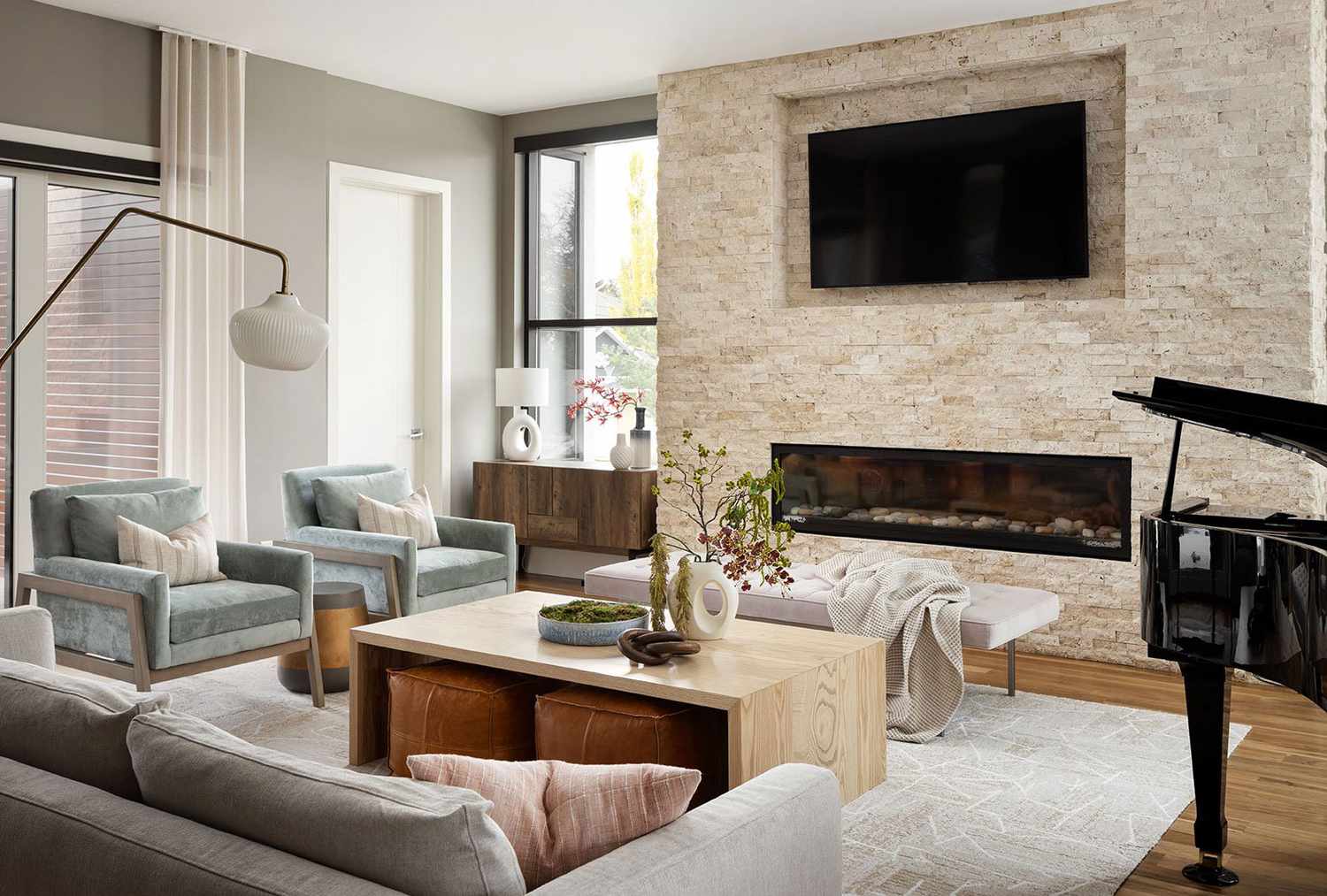
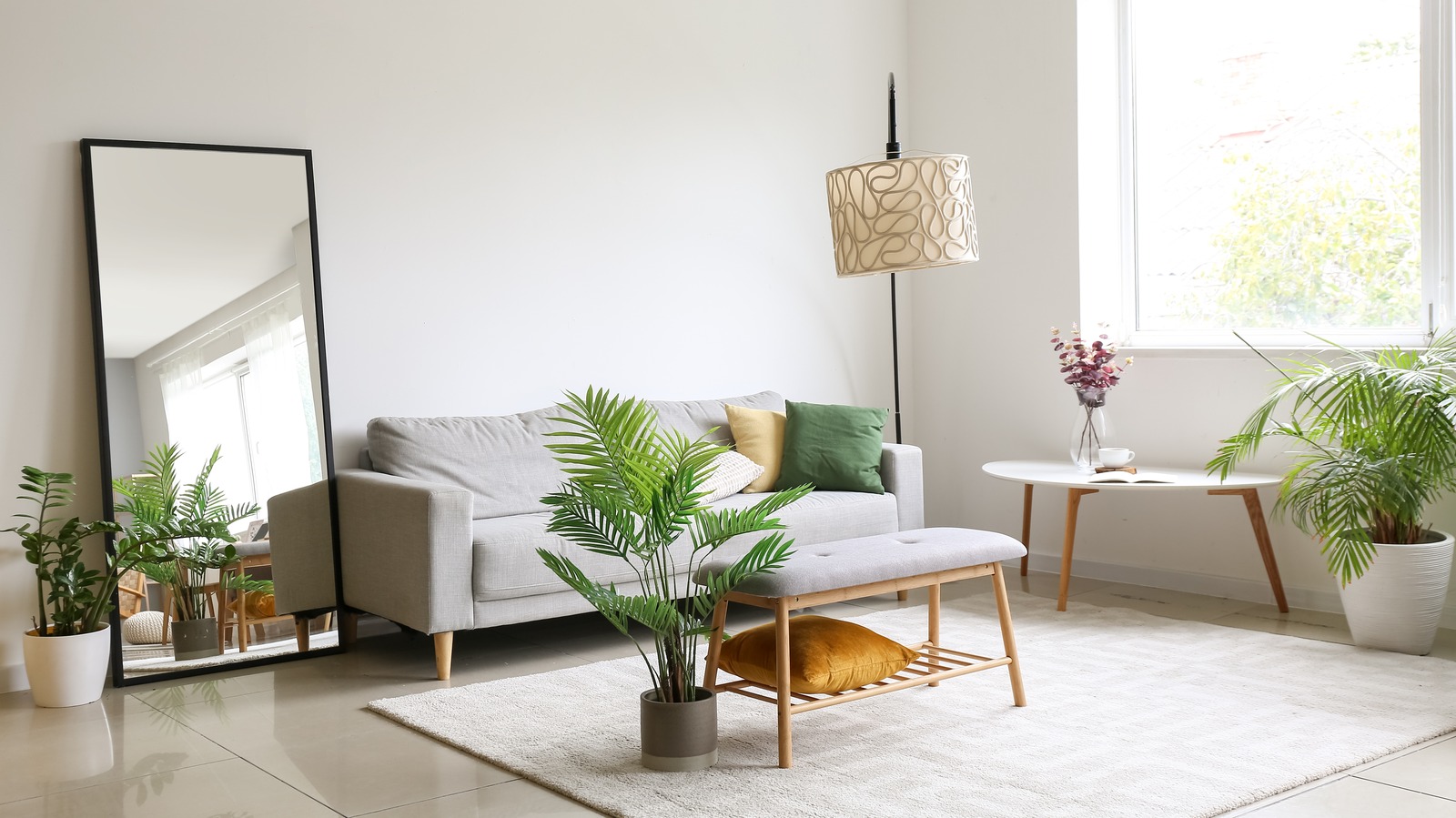
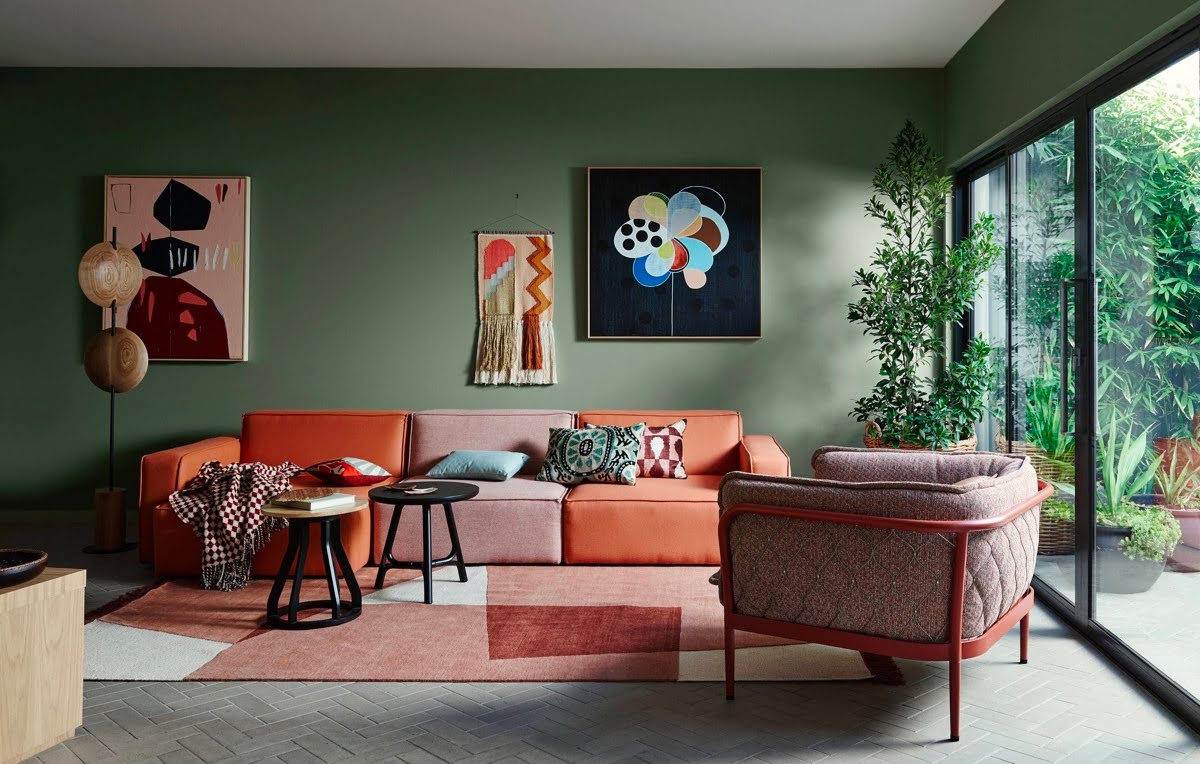
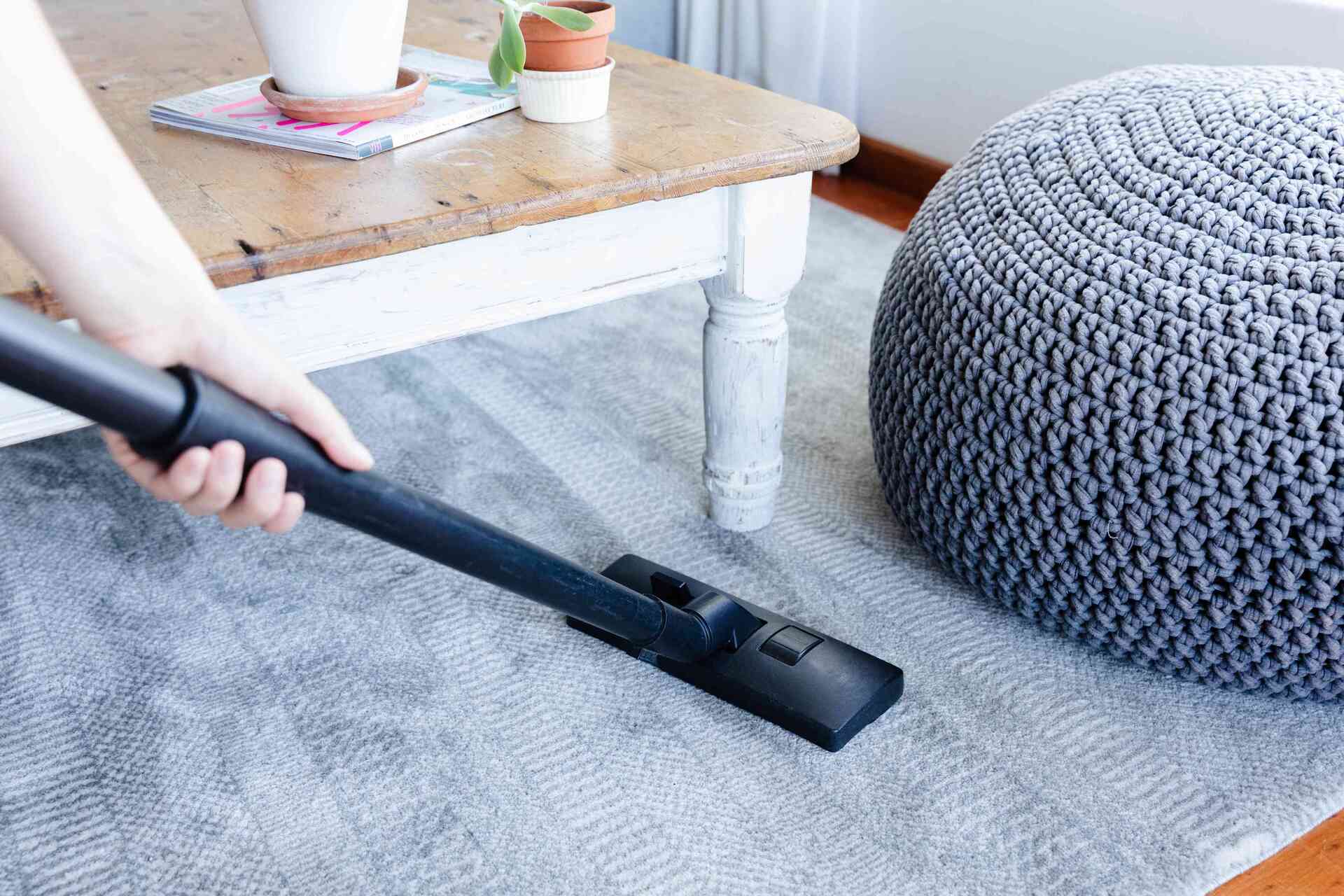
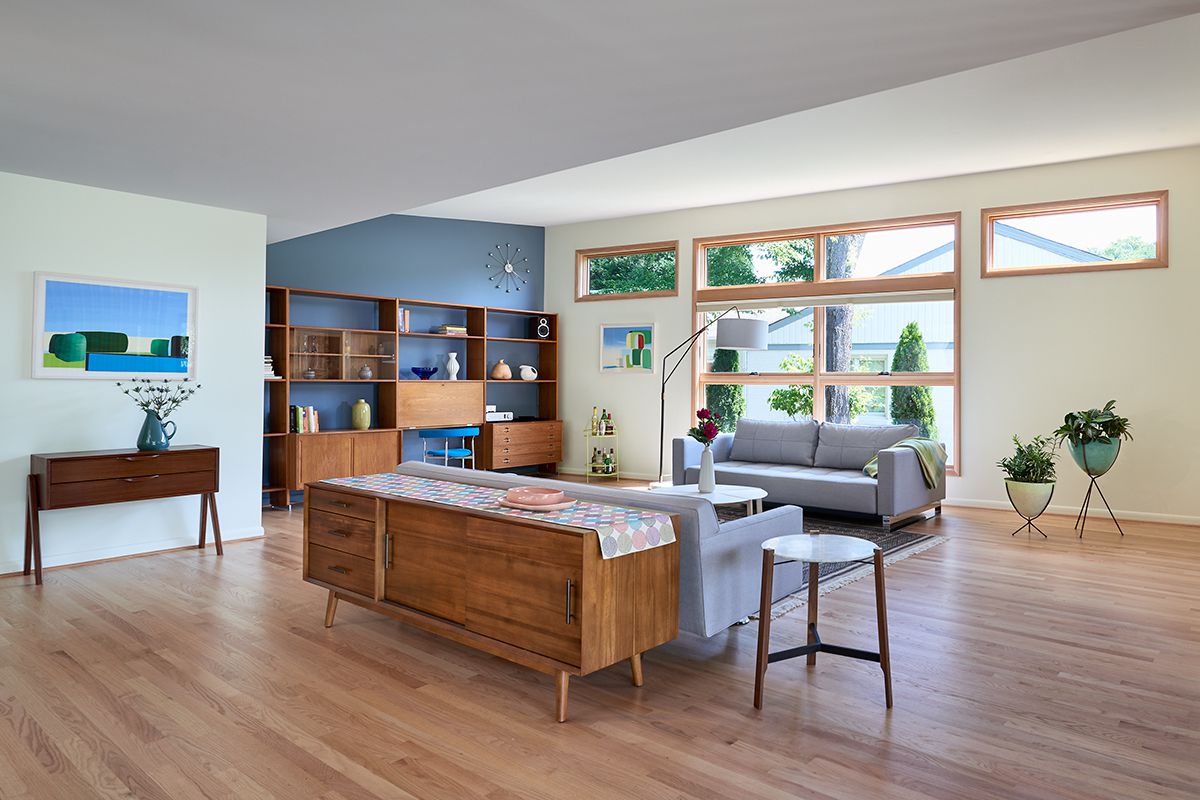

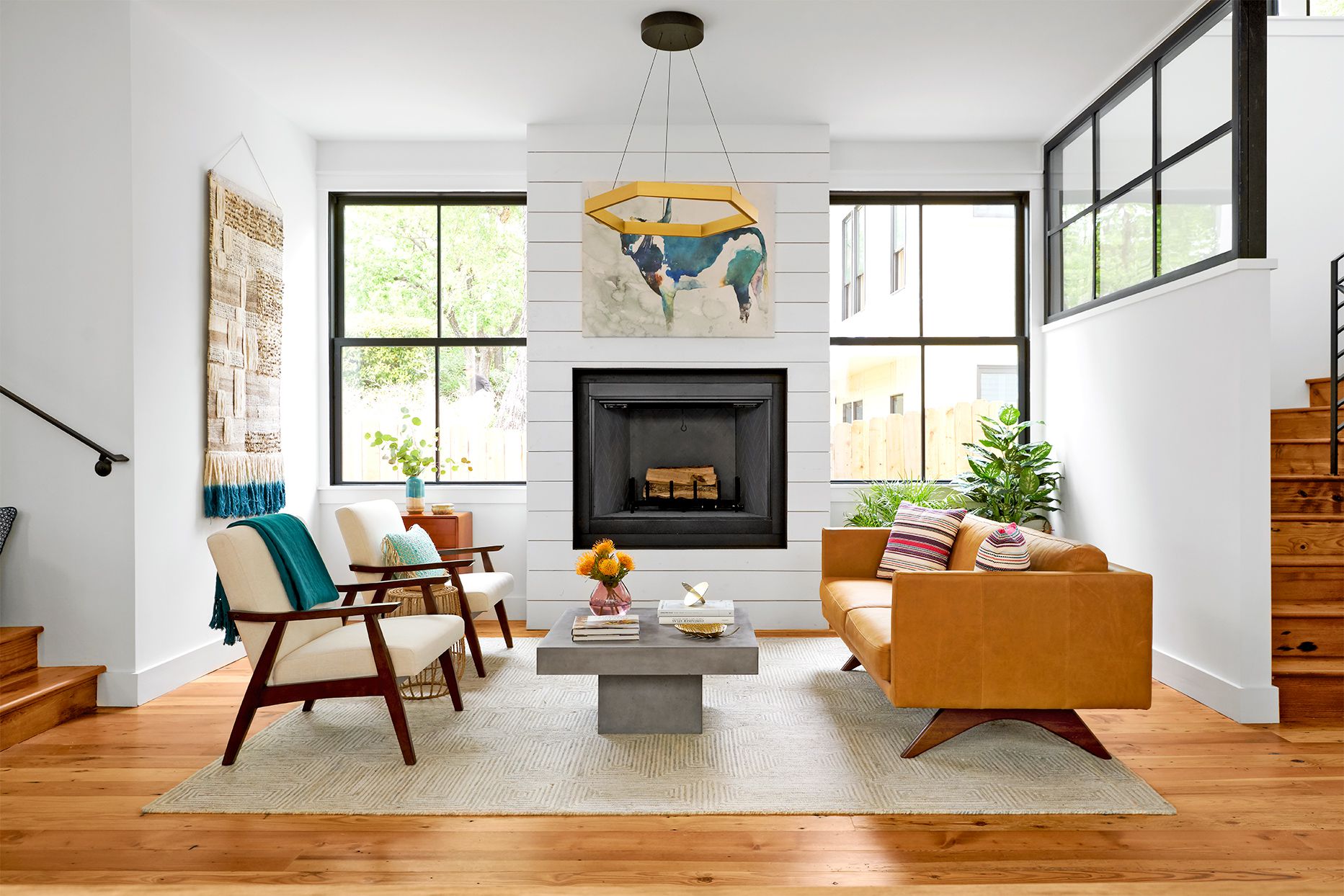

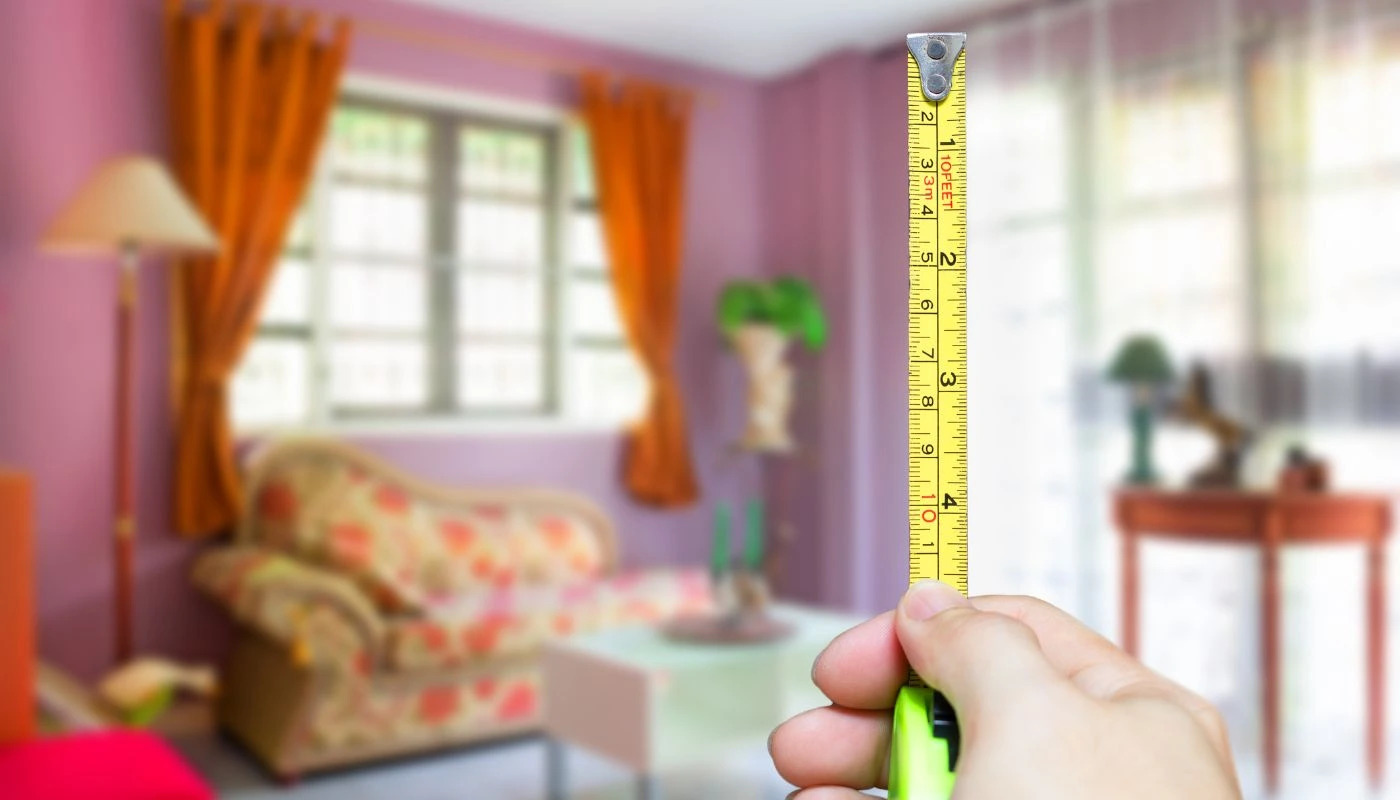
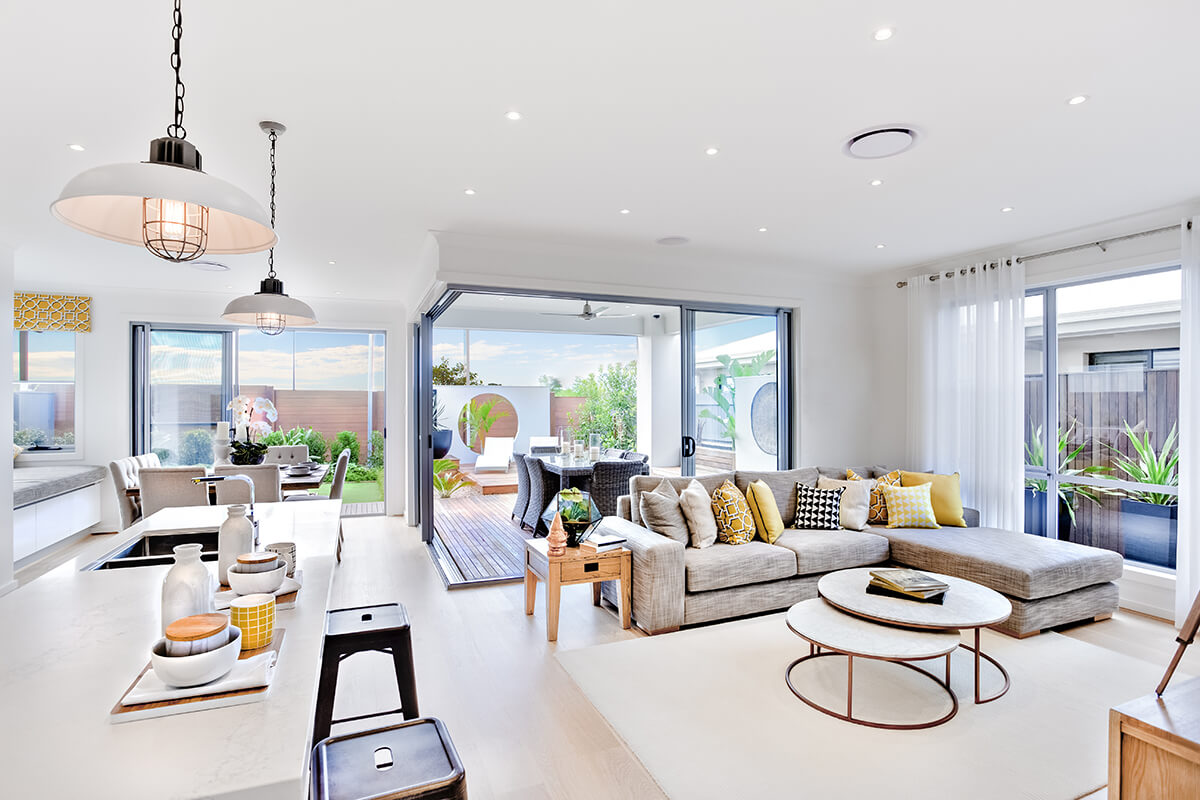

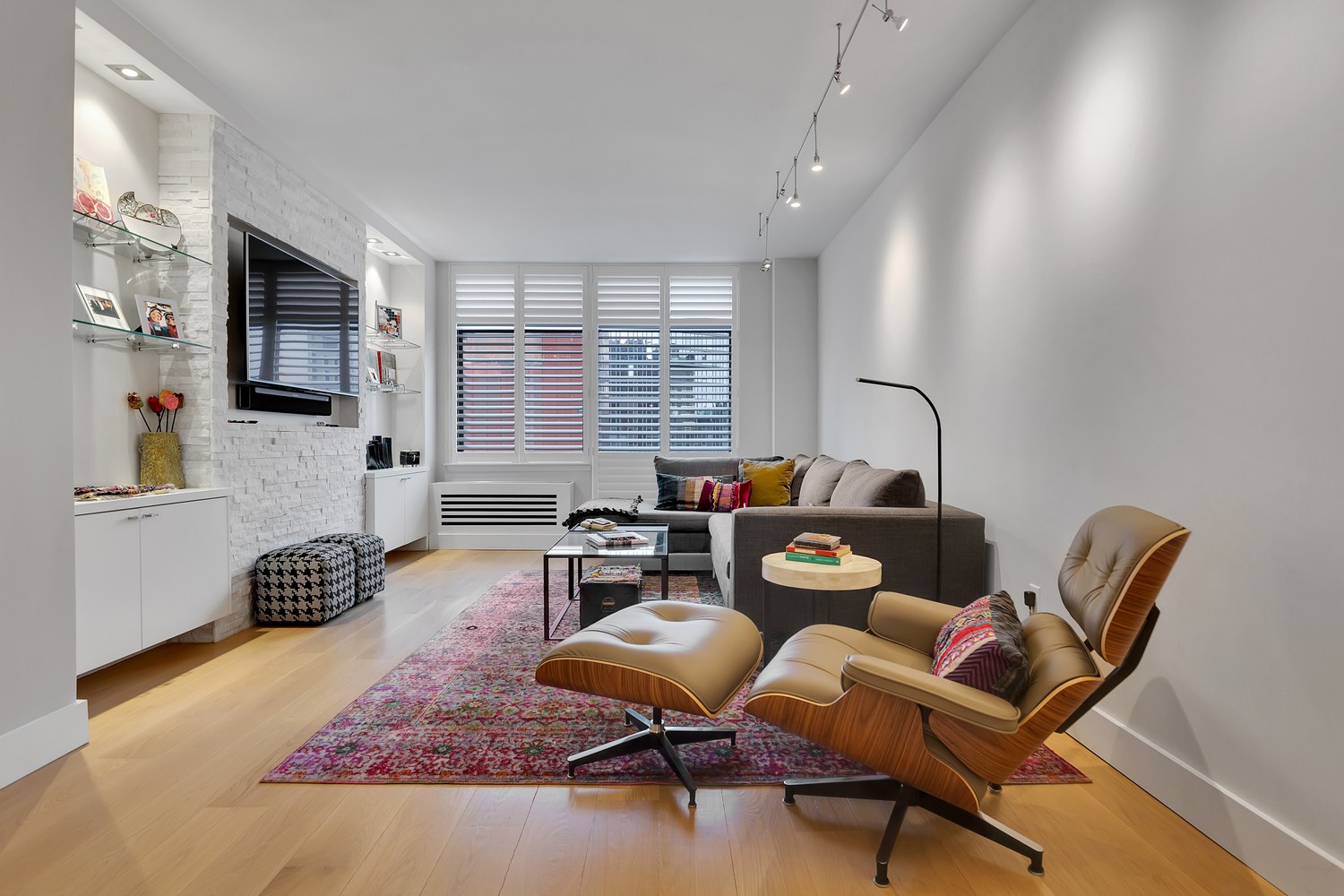

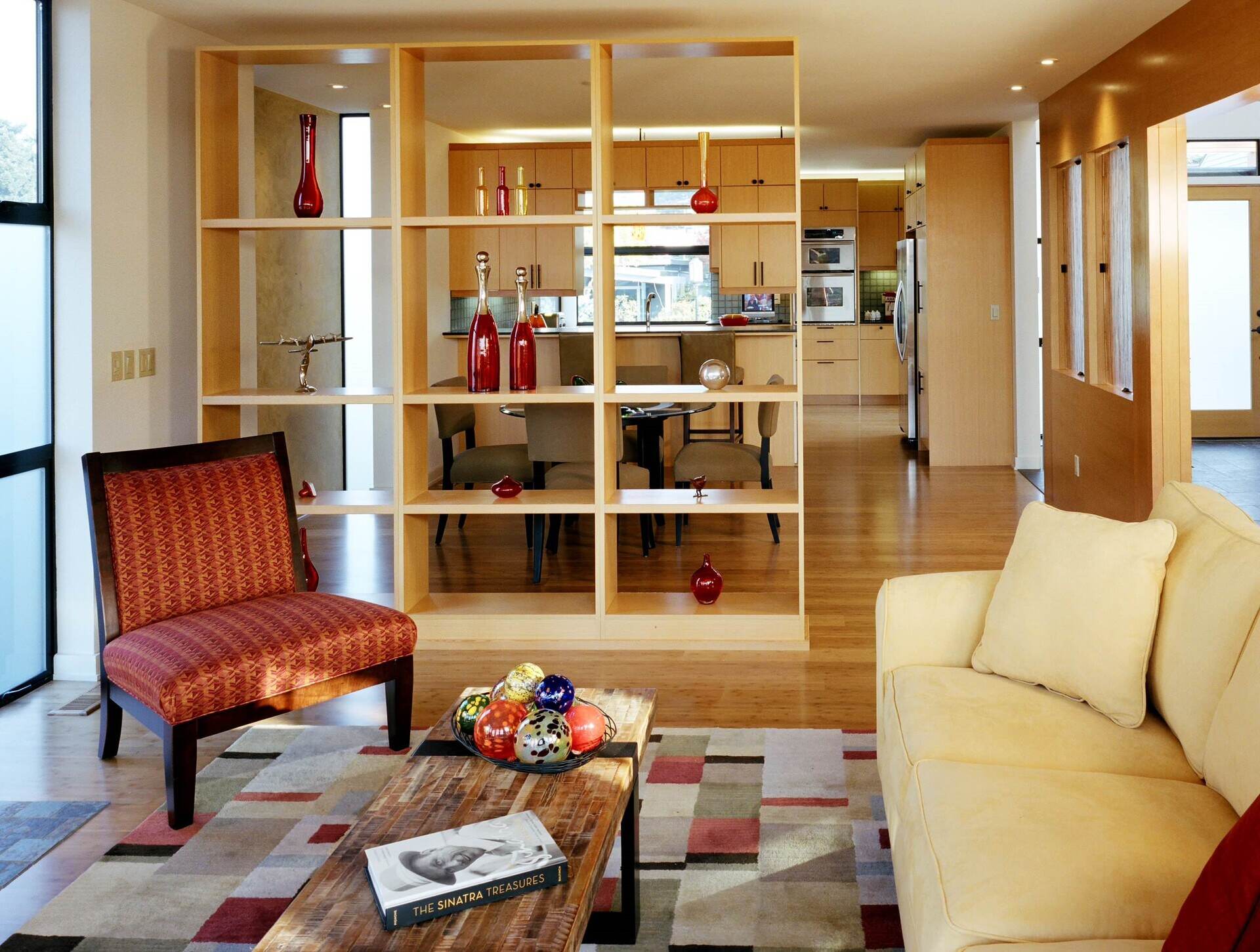

0 thoughts on “How To Fill In Sunken Living Room”